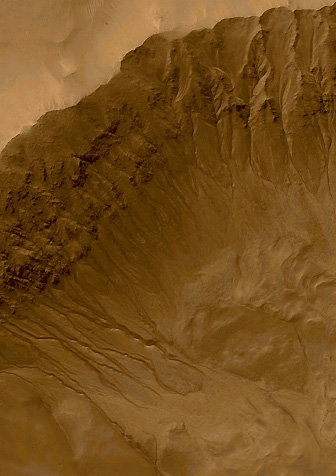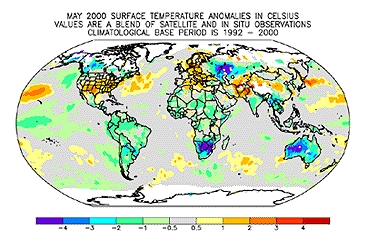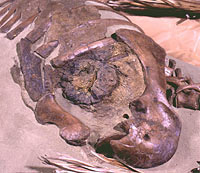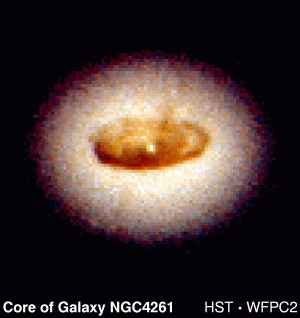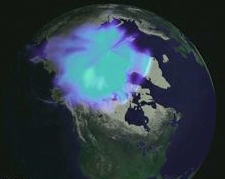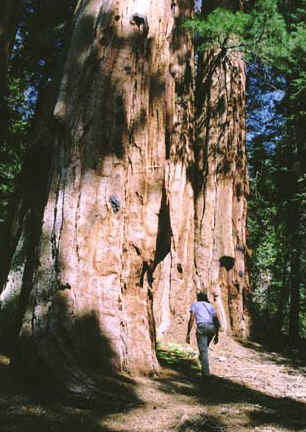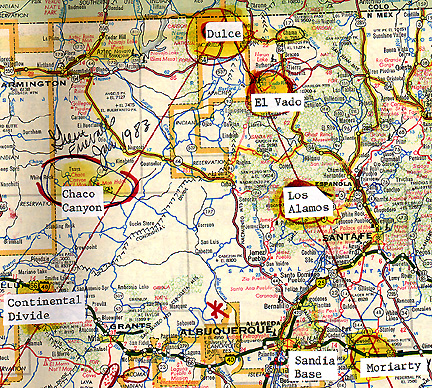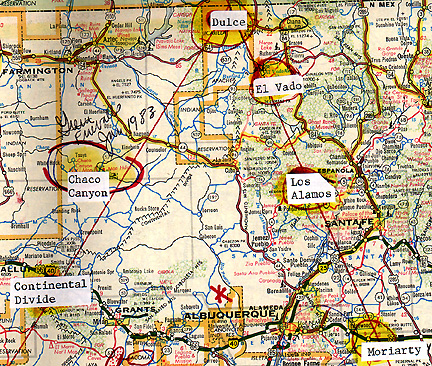"Foremost is the rapidness with which the water level has dropped three feet over the past two years. On Lakes Michigan and Huron, this is the largest two year drop that we've had in our 140 years of record."
- Frank H. Quinn, Ph.D., May 2000 Great Lakes Environmental Research Laboratory
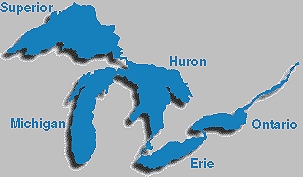
May 7, 2000 Ann Arbor, Michigan - Drought has taken hold in the Great Lakes in a severity not seen since the mid 1960s and the 1930s. With water levels in the lakes near record lows, big cargo ships can no longer carry the heavy loads they used to. So far in 2000, the Great Lakes Carriers Association estimates it's having to lighten each trip by about 8,000 tons and the costs are climbing. For example, iron ore and coal are valued at $35/ton per trip. So, every 8,000 pounds left behind to get a cargo ship across the shrinking lake waters is a loss of $300,000 in cargo.
Click here to subscribe and get instant access to read this report.
Click here to check your existing subscription status.
Existing members, login below:
